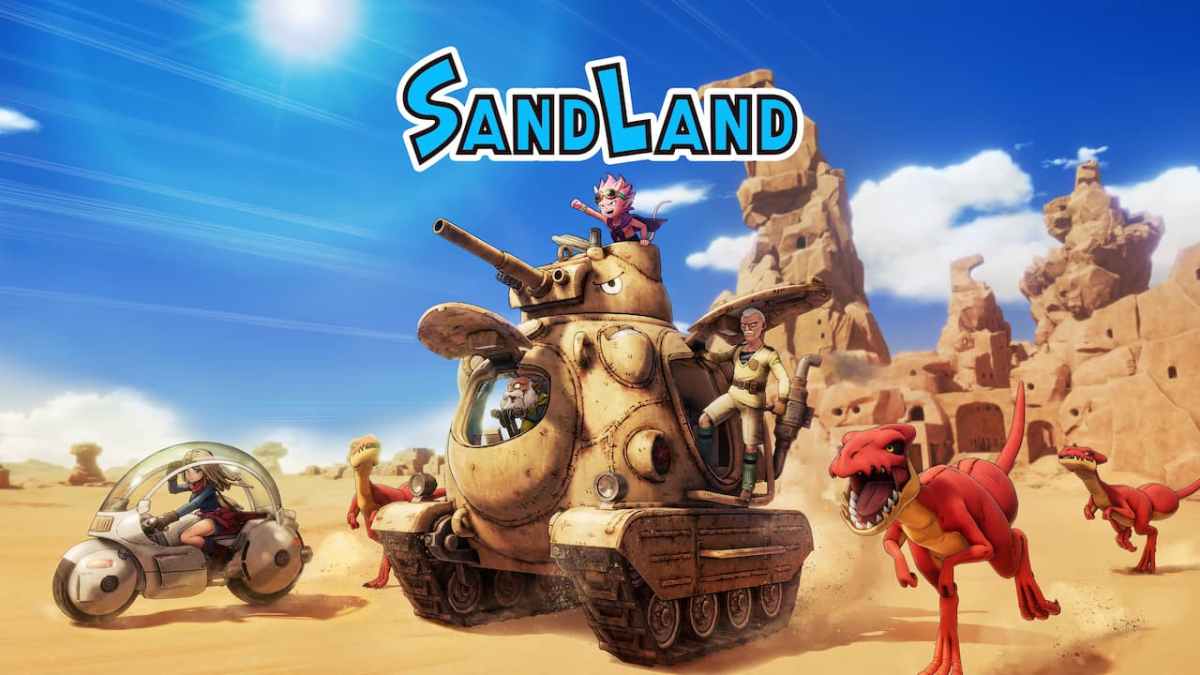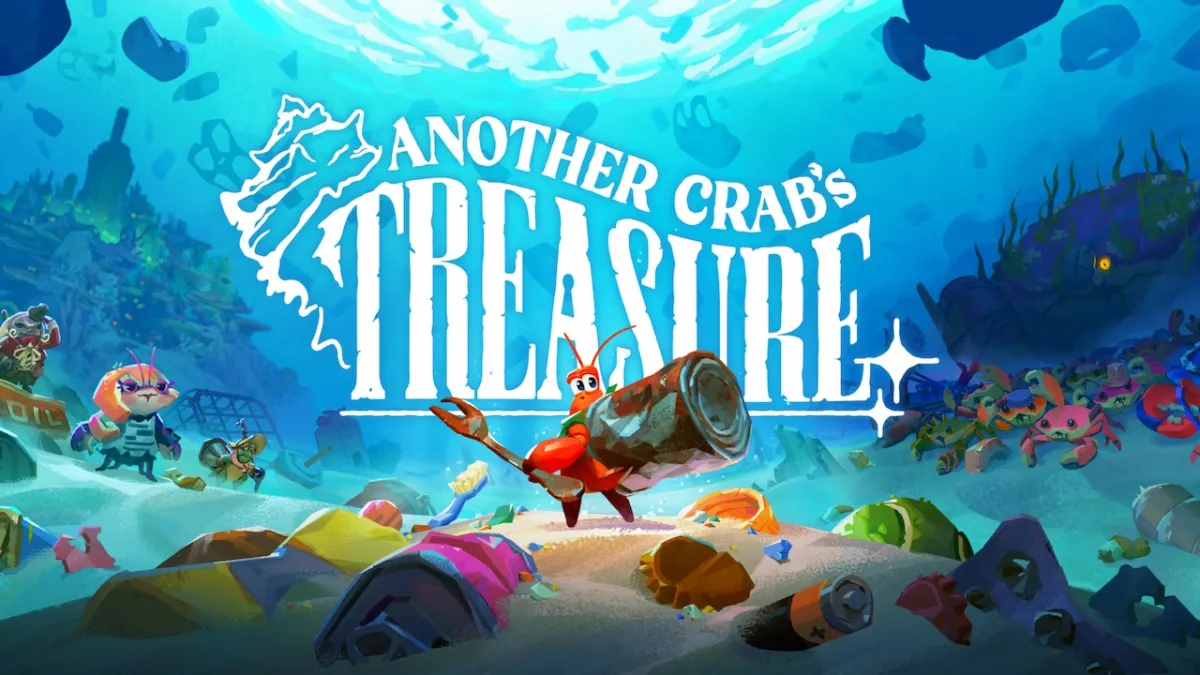Developer: Daedalic Entertainment Studio West
Publisher: Daedalic Entertainment
Platform: PC (Steam)
Price: $39.99 USD
A review copy was provided by the publisher for this review.
The Long Journey Home begins with a simple but endlessly fascinating premise: a deep space mission goes horribly wrong, and a crew is somehow warped into distant and uncharted reaches of the cosmos. With only their limited resources and their wits, they must make their way back home. Most famously, perhaps, this is the set-up of Star Trek: Voyager, and it anticipates a series of unique and exciting planetary adventures, contact with new species, and the deep moral quandaries that infect the best science fiction.
Instead, what The Long Journey Home delivers is a low-fi No Man’s Sky that somehow doubles down on the tedium and protracted boredom of interstellar spaceflight, all while placing intentional and onerous frustrations in your way. There are glimmers of potential here, of the game that could have been, but ultimately it fails to deliver anything more than the most basic execution of its core ideas. In the end, it demonstrates the worst aspects of procedural generation, feeling empty and without personality. It’s as though all of Voyager was told over the course of a single episode from the perspective of an emotionless robot.
The game has three primary minigames that serve as the main modes of play, all of which borrow mechanics from games that have come long before without adding much to the formula. Most of your time will be spent in the solar system-level starflight, in which you pilot your ship from a top-down and zoomed-out perspective around a local system using rocket burns and the gravitational effects of nearby planets, moons, and the central star(s). The grid representation of the gravitational warping of space around dense bodies here does provide an excellent illustration of the local force of gravity. And it is truly satisfying the moment it clicks and you learn how to ride gravity wells and enter orbits with only tiny fuel burns. Indeed, the mode can be blissfully enjoyable for brief stretches. Unfortunately, after a few hours, this spaceflight becomes more tedious than fun, and you can spend long periods of time waiting for your ship to cross the solar system unable to do anything other than watch Twitch streams of other games on your other monitor. The core gameplay never changes, and once you’ve got it, you’ve got it. There are no new challenges to overcome.
Once you’re in orbit around a planet, you can also play a game like Lunar Lander, another 2D minigame where you fly your planetary lander around a small section of a planet or moon’s surface to get to predefined mining nodes. Winds and gravity affect your ability to control your lander, and other effects like temperature and earthquakes serve to be occasional damaging annoyances. Once in awhile,, you will also find ruins or a crashed gate or some other oddity, and you can land at them to engage in a brief menu-based exploration. In these, you can basically say ‘yes’ or ‘no’ to a short series of prompts and hope you have the right items or abilities to extract whatever widget is there.
Finally, there’s the close-up ship navigation, which you use to fight other ships and wander around the occasional asteroid field to blast rocks for resources. There’s unfortunately no customization options for combat, and the entirely of it boils down to lining up a broadside barrage and then avoiding enemy fire while your weapons charge up again. Enemy ship AI is also fairly exploitable, and it’s fairly straightforward to figure out a pattern where you can hit them but they can’t hit you.
On their own, none of these minigames has any particular lasting appeal, and while the combination of the three of them does provide some variety, even this is short lived. After my third failed attempt to make it back to Earth, I had no particular desire to engage in any of them again (although I did for the purposes of this review). The game, one would think, would make up for this in the in-between spaces: in the survival elements and in encounters with alien races.
But the survival elements are as paint-by-numbers as they come: fuel must be refilled, the hull repaired, broken parts fixed, and illnesses and injuries must be remedied, as a crew member will die if they acquire five at any one time. Repairing and refueling your ship and lander requires three different resources that you can mine from planets, the use of an item, or an expensive stop at a space station. Basically, everything you hated about No Man’s Sky is here, including frustrating inventory management. You can also have your crew members investigate or use items you’ve collected on your journey, but this only occasionally has an interesting result beyond repairing your ship or injuring your crew.
The alien encounters and diplomacy were definitely the aspect I was looking forward to most. The ability to engage in bounty hunting missions and alien tournaments, steal artifacts, become a galactic celebrity, stage an elaborate kidnapping, or trade for some alien VR porn all sound wonderful. Unfortunately, the reality is (at least among those quest lines I encountered) that each of these is nothing more than an iteration of the core gameplay with a few dialogue boxes providing context for your actions. They’re no more interesting than the quest-giver dialogue in vanilla World of Warcraft, and the resulting gameplay is never particularly novel. Occasionally, these quests can be legitimately humorous, but as the alien races are each nothing more than silly caricatures of one dominant personality trait, they grow old fairly quickly. Never once did I feel like I was roleplaying a character, or that these encounters were anything more than a way to gain some credits or a few resources.
Adventuring through space is also deeply frustrating and difficult, even on the easier of the two available difficulty options. As a sort of Roguelike, there’s no saving, and if you die, it’s back to the start. And the frustrations are manifold: parts on your ship and lander will frequently become damaged for no discernable reason other than wear and tear, and your crew will acquire illnesses and injuries seemingly at random. Worse, all alien races quickly become bored with any conversation, arbitrarily limiting you to only being able to ask about a few things at any given time. This is not only an unnecessary frustration, but it cuts out any potential for interesting dialogue, and undermines the individuality of the alien races. Apparently they’re all too busy for a short chat with an entirely new species.
The game is procedurally generated, giving you theoretical variance in your adventures. However, the reality is that it’s nothing more than rearranging the same few pieces in a different way, and it only serves to make your chances of success feel random. Sometimes the systems you find just won’t have the right resources or a suitable planet for landing. Often, there will be no money-earning quests. And, as every mining attempt is likely to cost resources, one must weigh the value of the mining attempt against its costs. The balance seems too often to be unfavourable.
There’s also not much to say about the aesthetics. While some effort has been put into creating 3D environments and ships, it still could be mistaken for a game from the early 2000s, especially with the ugly and clumsy UI. And with few customization options, whether purely aesthetic or functional, it’s hard to make your ship feel like your own.
In the end, despite the fact that I’m a sucker for the game’s premise, I found myself struggling to find the fun. It’s there, occasionally, in dribs and drabs, but the frustration and the tedium quickly end it, and it’s far too much work to find it in the first place. I might give the game a tentative recommendation for those who love Roguelikes and survival space adventures if it launched at a reasonable price, but at $39.99 USD, the value proposition is abominably poor. This is by no means a game on par with titles in that price range by any metric. In the current marketplace of great Roguelikes and a few good space-faring adventures, there are simply far better ways to spend your money and time.








